Health & Science
A setback for hope of life on Mars; Secrets of the tiger genome; The nighttime cure for fear; Hawaii’s molasses mess
A setback for hope of life on Mars
After sampling Martian air for more than a year, NASA’s Curiosity rover has detected almost no methane, dimming the prospects of finding life on the planet. Previous measurements—made by telescopes and orbiting spacecraft—suggested that Mars might harbor large quantities of the gas, which could be a sign of microbial life. Curiosity’s failure to detect methane on the planet’s surface is “a little disheartening,” mission scientist Sushil K. Atreya tells the Los Angeles Times. “If there were a lot of methane, it would imply a lot of things. It opens up the possibility of life.” Methane’s absence, however, doesn’t necessarily rule out life: Many types of bacteria don’t produce methane, and it’s possible that bacteria exist elsewhere on the planet, far from Curiosity’s base. It’s even plausible that methane disappears more quickly from the thin Martian atmosphere than from Earth’s, making it much harder for Curiosity to detect it, says mission scientist Paul Mahaffy. Curiosity has found evidence that Martian soil contains significant amounts of water, and that the planet was once covered in lakes and streams that could have supported life in the past. “It’s disappointing in that we didn’t get a pony for Christmas,” Mars Society President Robert Zubrin says of the lack of methane. “But it doesn’t mean there aren’t ponies out there.”
Secrets of the tiger genome
The Week
Escape your echo chamber. Get the facts behind the news, plus analysis from multiple perspectives.

Sign up for The Week's Free Newsletters
From our morning news briefing to a weekly Good News Newsletter, get the best of The Week delivered directly to your inbox.
From our morning news briefing to a weekly Good News Newsletter, get the best of The Week delivered directly to your inbox.
Somewhere inside your cat, there’s a tiger. Researchers sequencing the genome of the Siberian tiger have discovered that it shares 96 percent of its genes with the common house cat. “Tigers are just a big domestic cat,” study author Jong Bhak of the Genome Research Foundation in South Korea tells BBCNews.com. He and his colleagues also sequenced the genomes of the African lion, the snow leopard, the white Bengal tiger, and the rare African white lion—all of which appear to have split from the house cat lineage around 11 million years ago. The big cats share 1,376 unique genetic attributes, many of which improved the cats’ ability to digest meat, while others appear to have conferred increased muscle strength and improved senses of smell and sight. Snow leopards have two mutations that help them live at high altitudes with little oxygen.
The nighttime cure for fear
The best time to dispel fearful memories may be during sleep, a new study by Northwestern University researchers has found. The researchers conditioned 15 volunteers to fear two specific faces by giving them uncomfortable electric shocks while they looked at images of them; they also paired each face with a distinctive odor, like lemon or mint. Then, when the volunteers were in the deepest phase of sleep, the researchers exposed them to one of the signature scents without shocking them. After the volunteers woke up, researchers showed them the faces again and measured their fear levels. The volunteers were no longer very afraid of the face matched to the scent they’d smelled in their sleep—presumably because they’d learned not to associate it with a shock. The fear reduction was achieved even though the subjects had no memory of anything happening while they were asleep. “We used to think you need awareness and conscious understanding of your emotional responses in order to change them,” Mount Sinai School of Medicine neuroscientist Daniela Schiller tells Nature.com. The research raises hopes that pre-existing phobias—and even post-traumatic stress disorders—might one day be effectively treated while patients sleep.
Hawaii’s molasses mess
A free daily email with the biggest news stories of the day – and the best features from TheWeek.com
A massive molasses spill in Honolulu Harbor is wreaking havoc on local marine life. Some 233,000 gallons of the brown goo leaked into the harbor from a broken pipeline belonging to the shipping firm Matson, and cleanup crews say the spill has already killed 26,000 fish. “It came as a shock to all of us,” Robert Harris, director of the Sierra Club of Hawaii, tells Phys.org. “I don’t think any of us were aware molasses even existed in Hawaii.” The viscous sugar product is heavier than oil and may be harder to remove: Instead of coating the surface of the water—where skimming could remove it—the molasses sank to the bottom, blanketing coral reefs and oxygen-producing sea grass. That led to the suffocation of fish and other marine creatures. Officials fear sharks will come in droves to eat the dead fish and are warning people to stay out of the water. Experts believe bacteria will eventually consume the molasses, but they don’t know what impact those bacteria will have on the environment. “We’ve never had a molasses spill,” says Hawaii Pacific University oceanographer David B. Field. “So I guess you could consider this an enormous experiment—of the most unfortunate kind.”
-
 Trump vows naval blockade of most Venezuelan oil
Trump vows naval blockade of most Venezuelan oilSpeed Read The announcement further escalates pressure on President Nicolás Maduro
-
 Political cartoons for December 17
Political cartoons for December 17Cartoons Wednesday's political cartoons include healthcare costs, the affordability hoax, giving up pencils, and more
-
 Trump vs. BBC: what’s at stake?
Trump vs. BBC: what’s at stake?The Explainer The US president has filed a $10 billion lawsuit over the editing of Panorama documentary, with the broadcaster vowing to defend itself
-
 5 recent breakthroughs in biology
5 recent breakthroughs in biologyIn depth From ancient bacteria, to modern cures, to future research
-
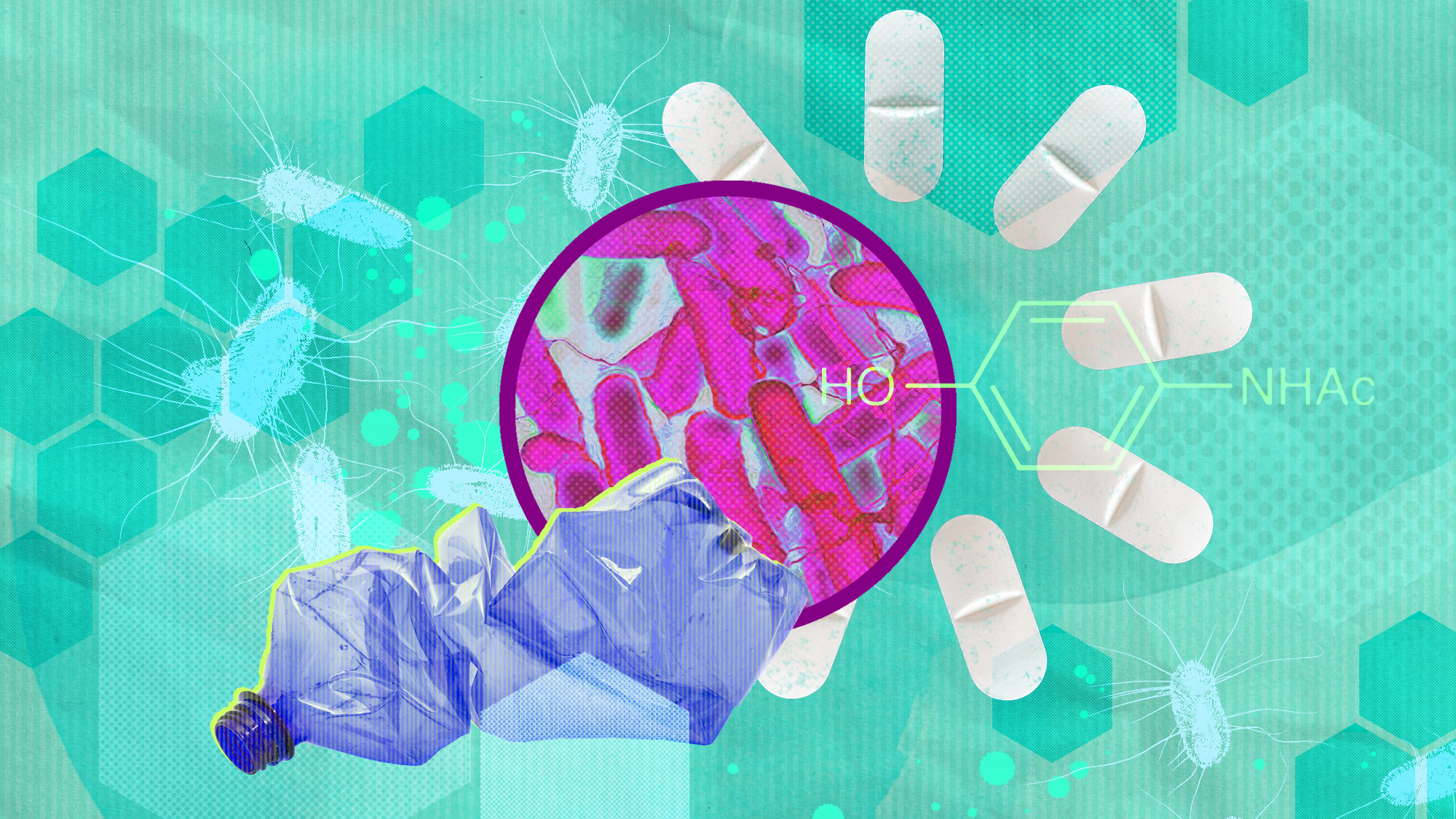 Bacteria can turn plastic waste into a painkiller
Bacteria can turn plastic waste into a painkillerUnder the radar The process could be a solution to plastic pollution
-
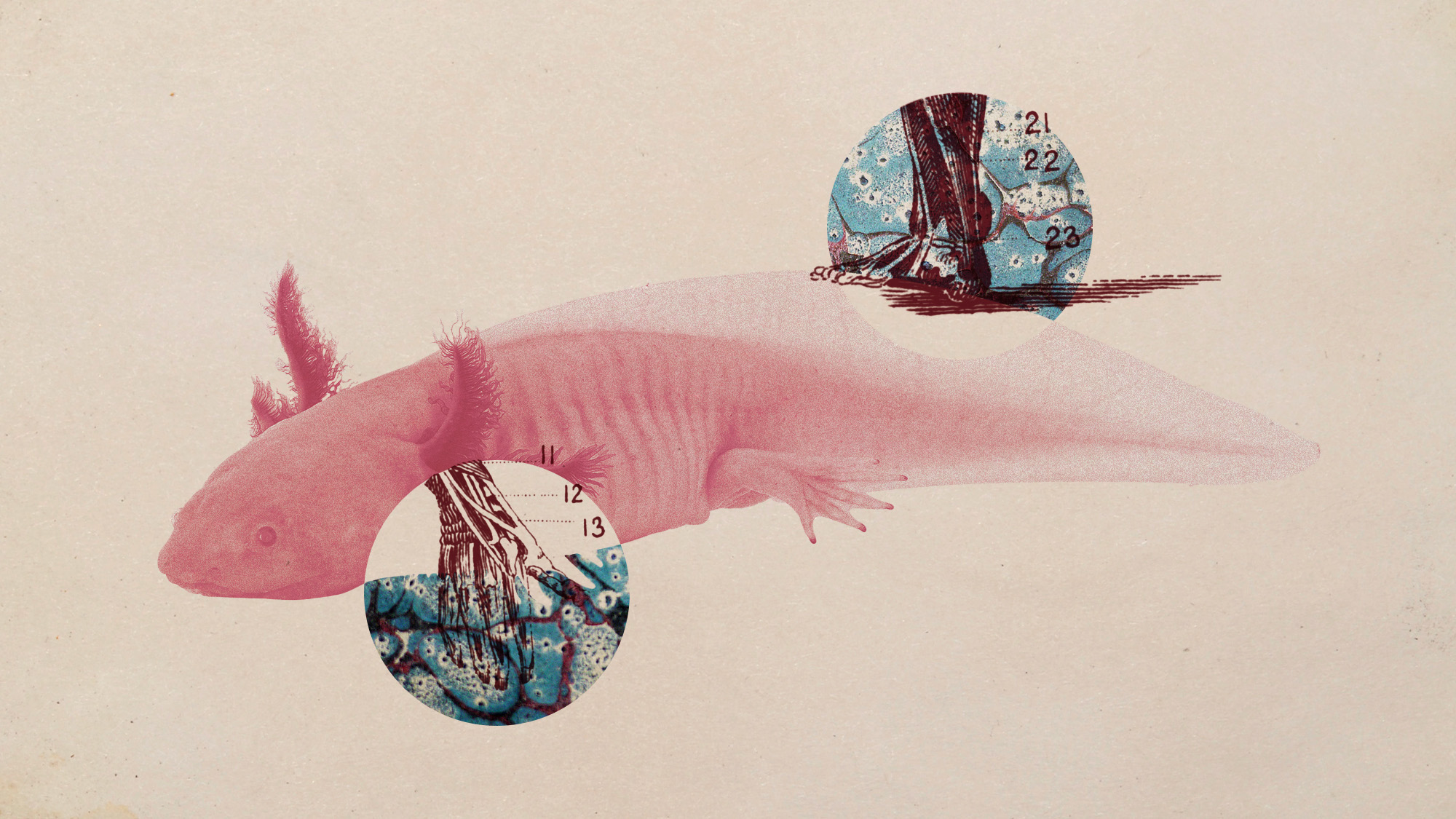 Scientists want to regrow human limbs. Salamanders could lead the way.
Scientists want to regrow human limbs. Salamanders could lead the way.Under the radar Humans may already have the genetic mechanism necessary
-
 Is the world losing scientific innovation?
Is the world losing scientific innovation?Today's big question New research seems to be less exciting
-
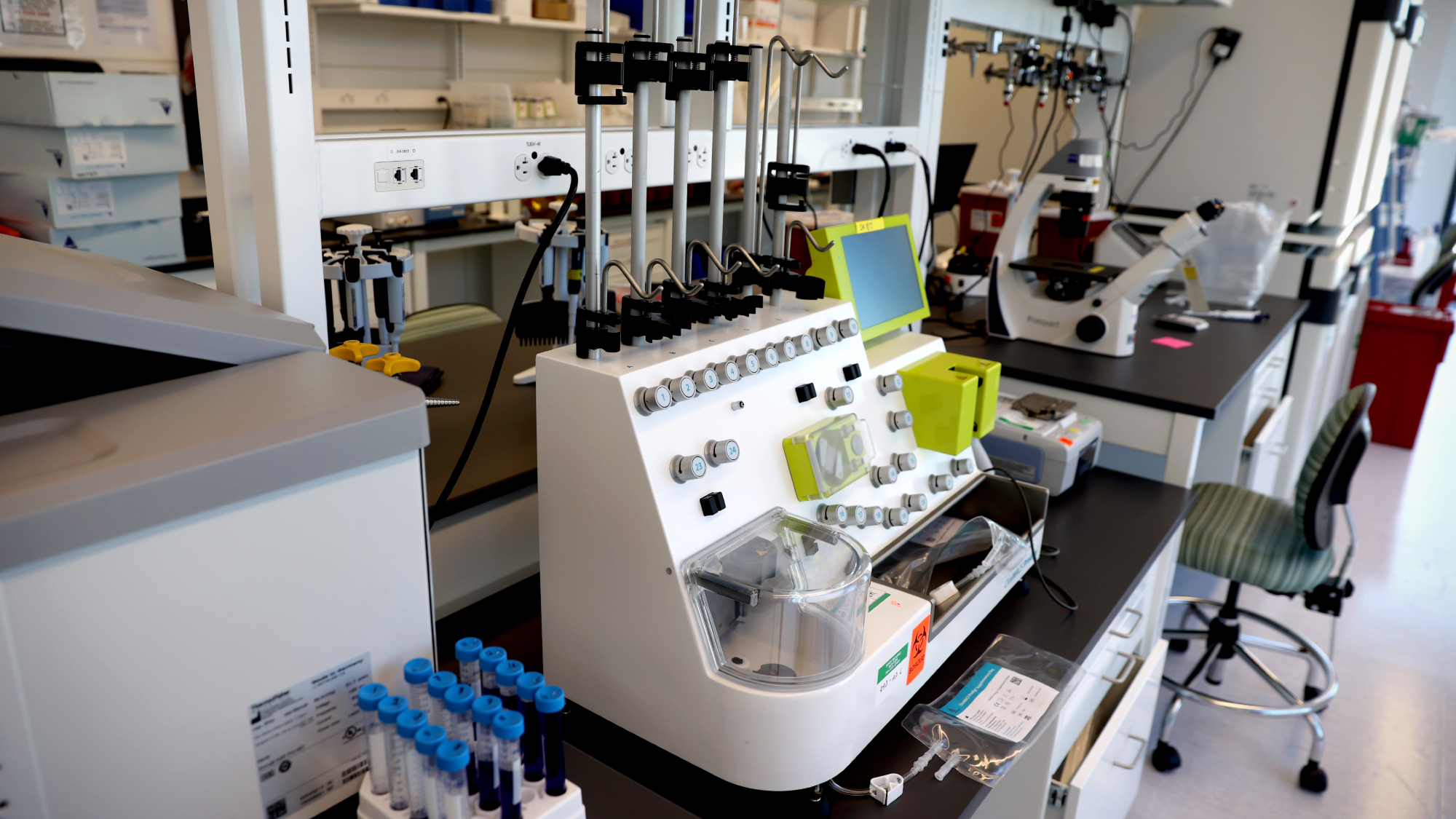 Breakthrough gene-editing treatment saves baby
Breakthrough gene-editing treatment saves babyspeed read KJ Muldoon was healed from a rare genetic condition
-
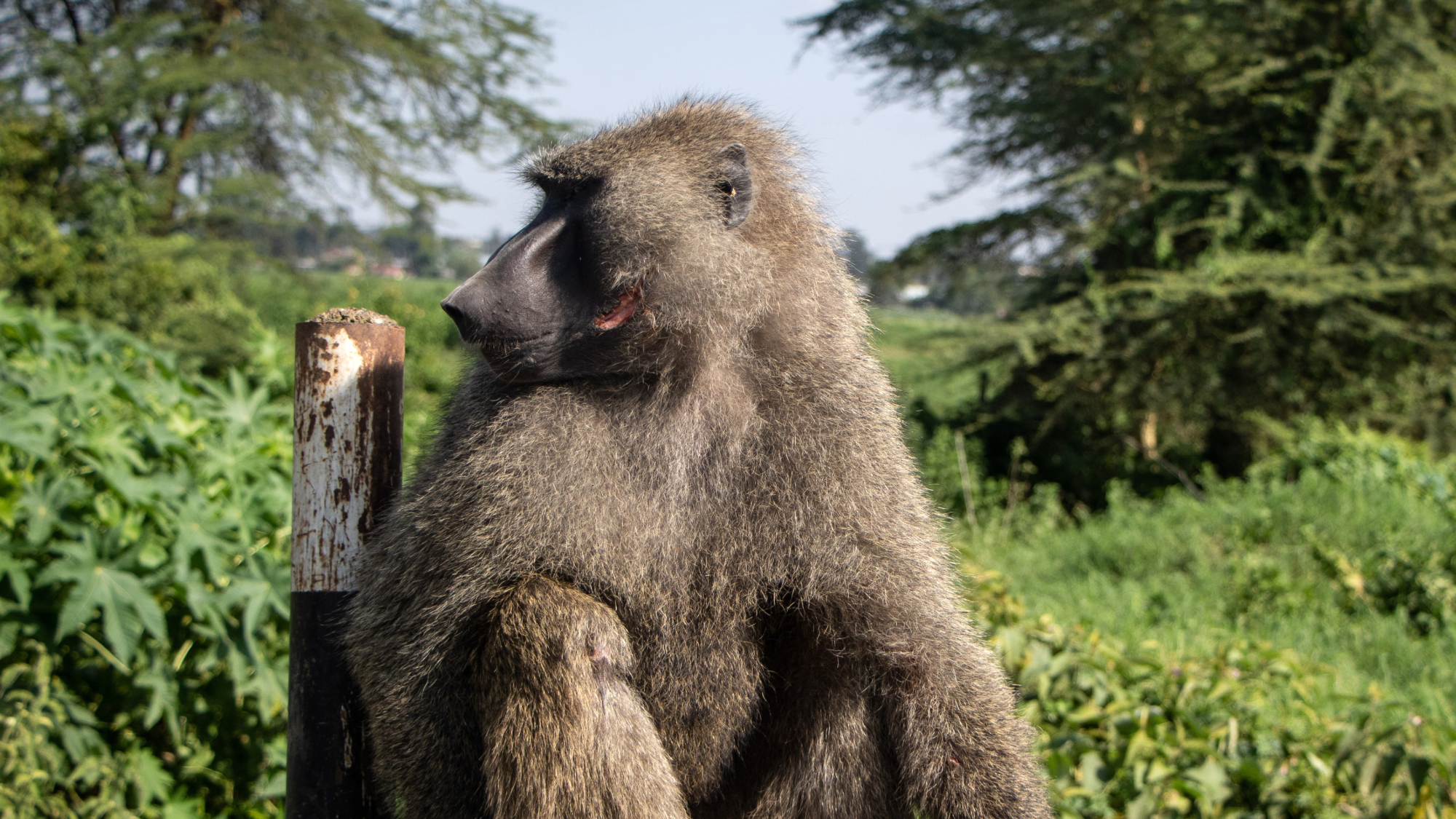 Humans heal much slower than other mammals
Humans heal much slower than other mammalsSpeed Read Slower healing may have been an evolutionary trade-off when we shed fur for sweat glands
-
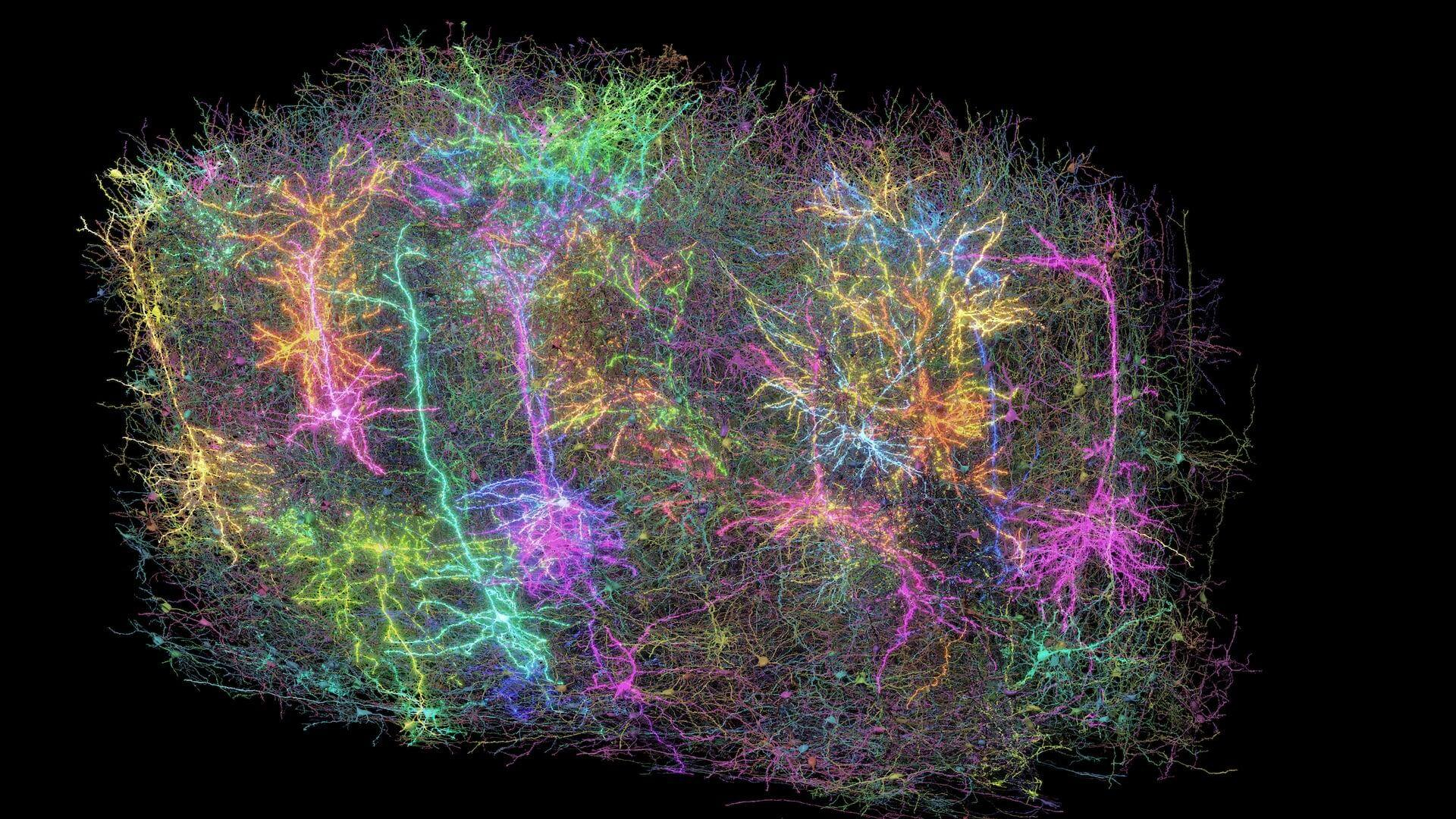 Scientists map miles of wiring in mouse brain
Scientists map miles of wiring in mouse brainSpeed Read Researchers have created the 'largest and most detailed wiring diagram of a mammalian brain to date,' said Nature
-
 Scientists genetically revive extinct 'dire wolves'
Scientists genetically revive extinct 'dire wolves'Speed Read A 'de-extinction' company has revived the species made popular by HBO's 'Game of Thrones'